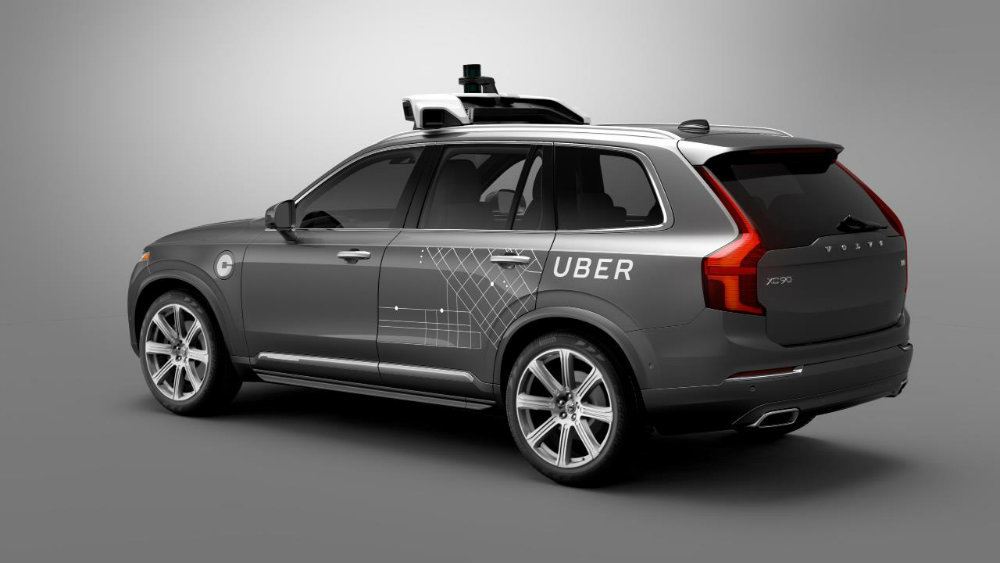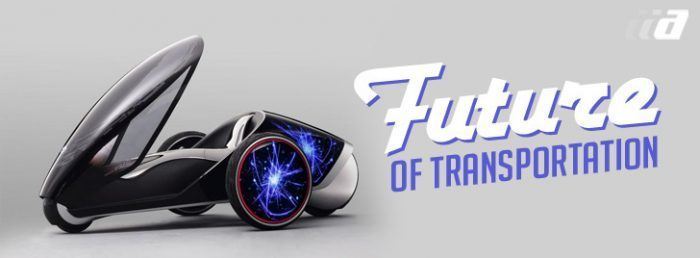
Autonomous driving technology has exploded onto the scene at startling speed. In just a handful of years, we’ve moved from some basic electronic control systems like blind spot warning and lane keep assist, to Tesla’s autopilot.
It’s capable of fully controlling the car for brief periods of time. Albeit with sometimes uncertain results, as a well-publicized recent crash shows.
Advancing Automation
The next step in this technological revolution is something the Society of Automotive Engineers calls Level 4 (or “L4”) automation. This is where the car is fully autonomous and may not have controls for human passengers. When we will see fully autonomous cars on the road in private hands is uncertain. Google has been testing an L4 car for some time, but their autonomous car is merely a prototype. Ford Motor Company announced plans on August 16th to release a fully autonomous car by 2021, but only for ride sharing fleets. Self-driving cars are not even street legal in most states. However, that hasn’t stopped some U.S. states from granting autonomous testing privileges.
The brightest-eyed optimists insist fully autonomous cars for the public are just around the corner. Other industry experts argue we are still a decade or more away.
Whether fully autonomous cars arrive next year or in another generation, I continue to have deep misgivings about the technology and its impact on society. Besides simply ruing the day I can no longer pilot my own car, I see six fundamental issues that must be addressed before autonomous vehicles are a realistic alternative to traditional driving.
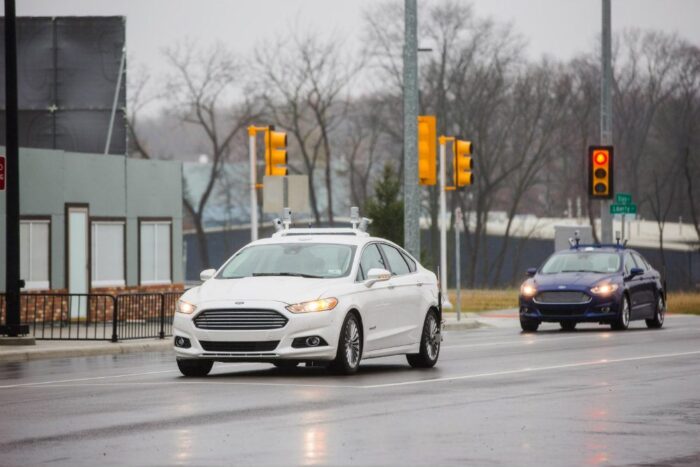
#1 Insurance Liability
Autonomous cars open up a Pandora’s Box of liability and insurance issues that have yet to be solved. There is no certainty at this point who will be liable if a fully autonomous vehicle crashes. Imagine the complexity of trying to determine liability when a fully autonomous car, one driven by a human, and one with only partly autonomous features collide? Did the robot car fail or was the human driver clueless and distracted?
#2 Urban Versus Rural Needs
The vision of driverless cars makes the most sense in dense urban areas that involve many short, predictable trips. In rural areas, things get more complex. Without some form of human control, I find it hard to imagine farmers will be able to easily navigate their fields. How will rural mail carriers make multiple stops at poorly marked mail boxes?
Oh, I forgot, we’ll eliminate mail delivery with drones.
Uber proposes they can replace car ownership. However, it may be slow or uneconomical in low-density rural areas, meaning a large swath of the population could be denied access to an entire form of transportation.
# 3 Practicality & Flexibility
The usual Utopian vision of shared robot pods that drop us at the door of our meeting downtown sounds nice. Yet, many car trips are a bit more complicated in our more common suburban existence. How do you take the kids to school and negotiate the drop-off line in an autonomous car? Can an autonomous Uber easily (and inexpensively) accommodate a sudden side trip to the grocery store when I get a text from my wife asking me to pick up milk on the way home?
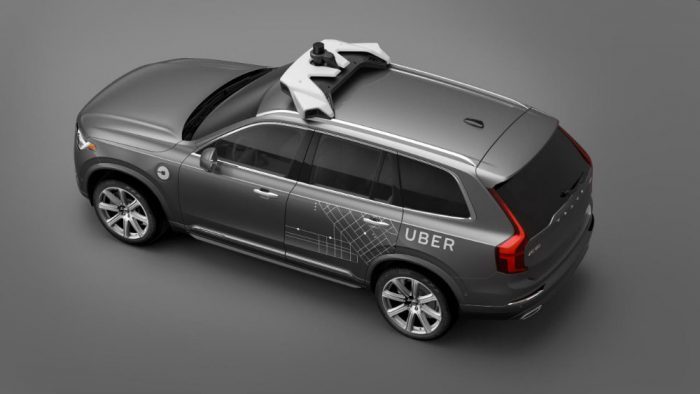
#4 Security & Reliability
Robot cars zooming around, communicating with each other and infrastructure to ease congestion and prevent accidents is wonderful. And then reality sets in. We know from experience no electronic data system can be made 100 percent impenetrable. The recent grounding of all Delta flights due to a power glitch caused headaches for tens of thousands.
Imagine what happens in a city, or the whole country, if all cars shut down for hours, days, or even weeks due to a hack or glitch?
#5 Privacy Concerns
Fully autonomous cars, whether personally owned or borrowed from a ride sharing service, will leave a data trail about every aspect of our lives. Ride share providers will know every step we take and tailor in-car ads to our shopping preferences. Car manufacturers will have access to every car’s black box to determine the cause of accidents and assign liability. And the government will have a field day. I don’t have to post every thought on Facebook, but I do have to go to work and the grocery store. Are we prepared for big businesses and governments to know every move we make in a car?
#6 Technological Limits
Proponents of fully autonomous cars often argue they will bring the vehicular death rate to zero, but this is a bit optimistic, to say the least. Current technology, while very good, is still fooled by bad weather or unusual road conditions a human driver could easily recognize.
There is also the sticky issue of programming morality. Can an autonomous vehicle decide what to do when the choice is killing the owner, running over a small child in a crosswalk, or plowing into a sidewalk full of pedestrians?
None of these six problems with fully autonomous cars are insurmountable on their own, but attempting to address all of them at once results in what I call the autonomy paradox. Solving one of these six issues is invariably constrained or worsened by the other.
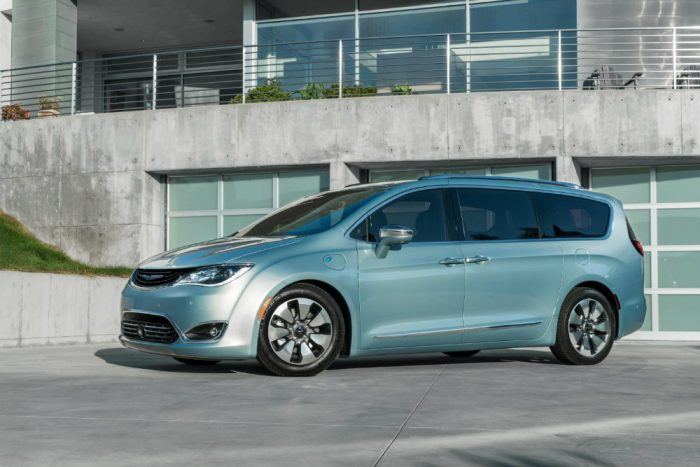
Autonomy Paradox
Here’s what I mean: Simplifying liability by mandating an all autonomous system runs into practicality or accessibility issues for segments of the population. Building a completely secure system is impossible as major hacking possibilities always exist. Protect privacy by limiting data sharing and you hamper the ability of companies to gather the information needed to determine who is at fault in an accident.
And so on and so on . . .
Solving one problem is relatively easy. Addressing all of them at once means making difficult trade-offs, accepting the creation of significant new problems, and/or possibly marginalizing certain segments of the population. Good public policy and simple fairness demand those difficult decisions be made only through a thorough and open debate that takes into account all concerns.
But that debate is not taking place. Many concerns within the autonomy paradox are glossed over as companies rush into a potentially lucrative new market. Countless politicians and regulators admit to only the presumed benefits of autonomous vehicles and ignore the other more complex problems that will inevitably result.
Mindful Foresight
I live in an old part of Richmond, Virginia. It’s still possible to see faded advertisements for horse and mule feed painted on old buildings. I get it: times change and technology advances whether we like it or not. Imagine, however, if we had foreseen some of the problems with cars before the automotive boom took off. Perhaps we would have considered battery power rather than the internal combustion engine? Would this have avoided pollution and dependence on foreign oil?
Perhaps we would have put a greater emphasis on safety before thousands needlessly died?
I don’t necessarily oppose autonomous vehicles altogether, but I am deeply troubled we might embrace something life changing without carefully considering who will and won’t benefit from it. As consumers and citizens, we all need to demand a more thorough discussion on autonomous vehicles before we make a headlong rush into this cloudy future. Without an educated debate to address the issues of the autonomy paradox, we risk a new transportation paradigm fraught with as many – if not more – conflicts and inconsistencies than we seek to fix.
*Jonathan Orr is a writer, car aficionado, PR pro, Afghanistan veteran, and proud father. He considers his beloved Porsche 911 a member of the family. Follow him on Twitter: @jonathanjorr

